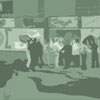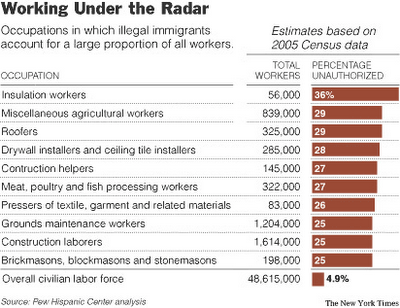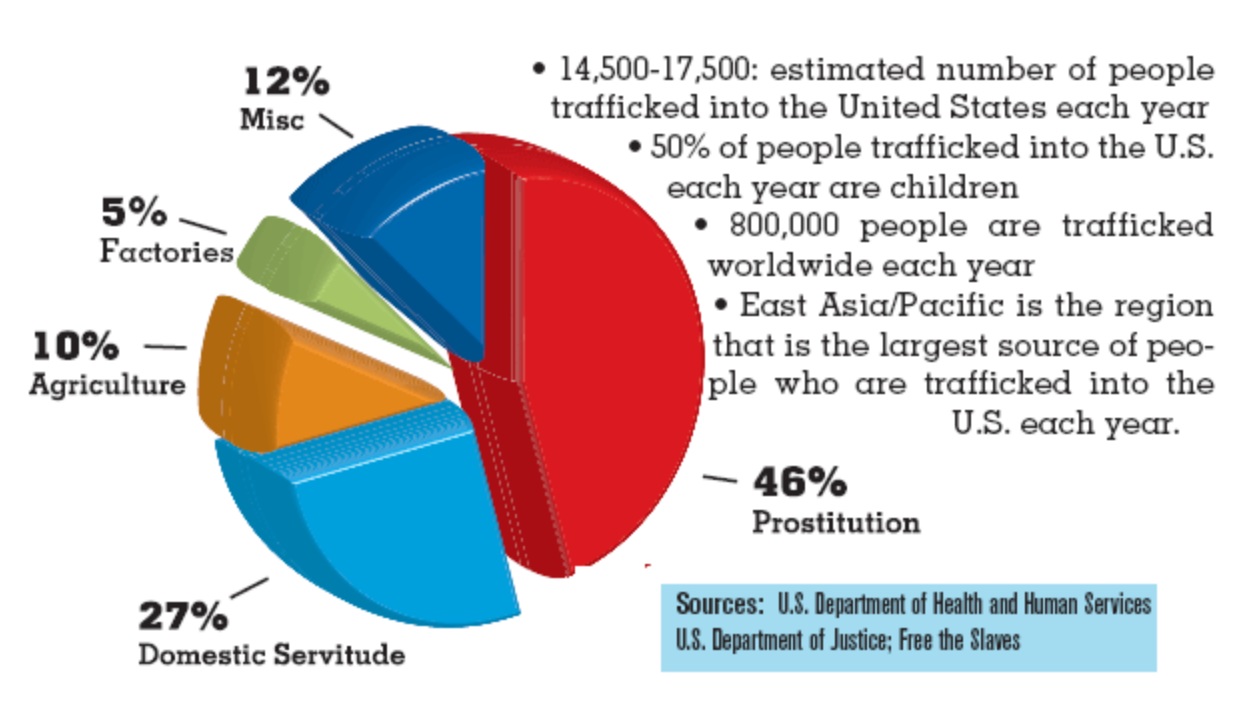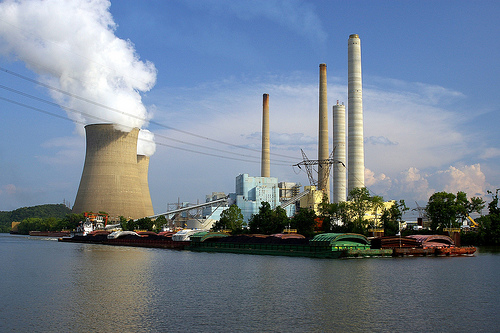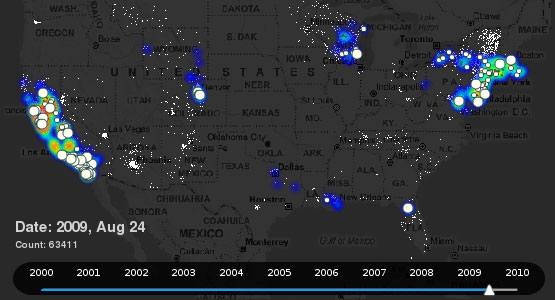Facebook Posts
Submitted by brittanyyu on
Working Under the Radar
Submitted by brittanyyu on
Human Trafficking Pie Chart
Submitted by brittanyyu on
Human Trafficking and Smuggling
Submitted by brittanyyu on
Unemployment rate for foreign-born workers
Submitted by brittanyyu on
Brain Drain Index
Submitted by brittanyyu on
Arctic sea-ice levels at record low for June
Submitted by ward on
Aquaculture Tries to Fill World's Insatiable Appetite for Seafood
Submitted by ward on

